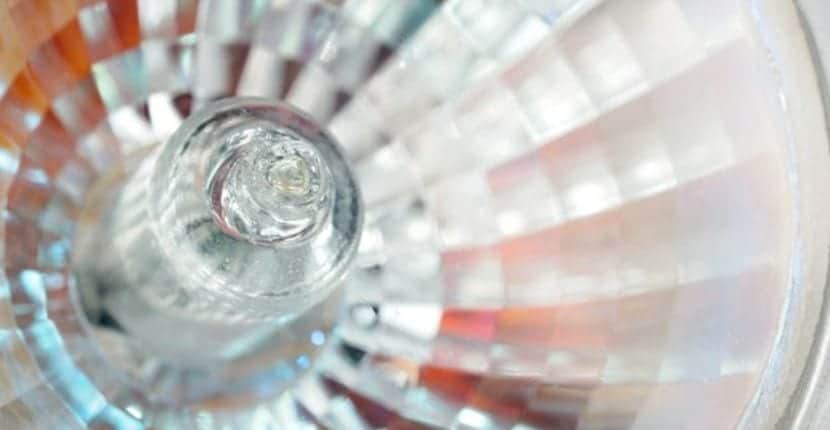
Some time ago, specifically on September 1, 2012, a European regulation came into force that prohibited the manufacture of incandescent bulbs. Next month and four years later it is the turn of halogen lamps that have also been condemned to disappear, through new regulations.
The withdrawal of halogen lamps confirms the intention of the European Union to promote more efficient lighting solutions that generate fewer polluting emissions. As assured Carlos Lopez Jimeno, general director of Industry of the Community of Madrid, to the source of this news:
It is one more measure. It will make it possible to replace an inefficient technology with a less expensive one from the point of view of energy consumption and sustainability.
As has been announced for quite some time, the LED bulb has become the best option that users can turn to. Even so, and despite the fact that this technology is already quite widespread, the truth is that it must overcome various obstacles for its massive implementation, among them, the price since an LED can cost twice as much as a fluorescent light.
A European regulation will make halogen lamps stop being manufactured from September.
En este sentido, Carlos Lopez Jimeno comments:
We are on the right track but important pedagogical work remains to be done, because it is not easy to explain what the criteria should be to follow when acquiring an LED lamp or bulb. A 60 watt incandescent lamp can now be replaced by an LED technology lamp of just 10 watts.
As announced by the Institute for Energy Diversification and Saving, it is recommended different types of light for each room in the home:
- The best for the kitchen are 28-watt fluorescent tubes or 15-20-watt energy saving lamps.
- In the bathroom, a general light and another in the mirror are enough, both of low consumption and with warm tones.
- For the living room, IDAE recommends direct and indirect light points and also installing a dim light behind the TV to reduce eyestrain.
- In the dining room, a ceiling lamp with 7W LED technology or low consumption lights between 11W and 20W is enough.
- The reading areas require concentrated and height-adjustable lighting, for example with 15W and 20W fluorescent lights.
- In bedrooms it is necessary to have a soft, warm and uniform general lighting.
Finally, in offices, compact fluorescent lamps from 11W to 20W are recommended and, in the computer area, another fluorescent or low-power lamp that makes it easier to see the monitor.
Further information: SER chain
Now there is a lowering of the light